Cuscus are possums found in New Guinea and parts of Australia, which are classified into 4 taxonomic genera, with 13 species. They are marsupials, generally about the size of a common house cat, who live high in the trees of dense woodlands, moving about the tree canopy very slowly, which means they are rarely seen. Read on to learn about the cuscus.
Description of the Cuscus
The size of this animal varies between species, but the average body-length is 18 in (45 cm) with a tail that may be the same length. They have a rounded head with a short, pointed snout, and large eyes, which can be red, orange, yellow, or pale-blue. Their ears are small and often hidden by their thick, woolly fur.
Cuscus can be black, brown, gray, or lighter colors such as tan, white, or cream, or a mix of these, sometimes with a spotted or mottled appearance. They are considered to be the most colorful marsupial. Their coloration often changes as they become older, and the male and female often have different markings, making them “sexually dimorphic.”
One of this animal’s characteristic features is a long, strong tail that has a naked, leathery patch toward the tip to help them grip branches; gripping tails are termed “prehensile.” They also have strong, sharp claws to help them move amongst the trees.
Interesting Facts About the Cuscus
Because of their woolly fur and large eyes, these are endearing animals. When first discovered, it was thought they were related to monkeys, and they were referred to as the “monkey marsupial.” Because of their nocturnal, arboreal lifestyle, there are several interesting facts about cuscus.
- Opposable Digits – These animals have opposable fingers and toes, like monkeys. These help them to climb about in trees.
- Camouflage – They often sleep in the open on branches, with their heads tucked between their legs, but some have been seen to pull leaves or palm fronds over themselves to help camouflage.
- Recent Discovery – Because of their lifestyle and camouflage, they are extremely difficult to see; one species was discovered only in 2004.
Habitat of the Cuscus
Most of these animals live almost entirely in the canopy of trees in dense woodlands, tropical forests, and mangroves; these species rarely move down to the ground. Other cuscus species spend much of the day sleeping in burrows, spending some time on the ground, but moving into the trees at night for foraging.
Distribution of the Cuscus
These rarely-seen animals have a limited distribution, being found only in New Guinea and nearby islands, and some parts of Australia.
Diet of the Cuscus
Cuscus are primarily herbivorous as they mainly eat leaves, fruits, and flowers. However, they occasionally eat small birds, reptiles, and eggs, which makes them omnivores. They have a low metabolism, and move slowly (like a sloth), which means they only rarely catch animals.
Cuscus and Human Interaction
Indigenous New Guineans hunt cuscus for their meat and for their very thick fur, which is used to make caps, capes, and clothing ornaments. Their natural habitat is steadily declining because of deforestation, usually for logging, but also for agriculture.
Domestication
Cuscus have not been domesticated.
Does the Cuscus Make a Good Pet
Indigenous people of New Guinea often keep these animals as pets, but, although they are relatively easily tamed, they are known for biting.
Cuscus Care
Zoos and research establishments that keep cuscus emphasize the need for expert knowledge of the behavior of the species. Some species are solitary, but will tolerate other individuals if there is sufficient space in the enclosure. All species should be provided with a nest-box, branches for climbing, and an appropriate diet.
Behavior of the Cuscus
These animals are shy, nocturnal animals the live in or forage in trees, meaning they are “arboreal.” Most species spend the day sleeping in the branches of trees and rarely descend to the ground. When moving about in the trees, they do so at a very slow pace. Males are highly territorial – they scent-mark the area and will defend this against other males with barks and hisses, which may escalate into aggressive fighting.
Reproduction of the Cuscus
This animal does not appear to have an exact breeding season; rather, it is thought they breed throughout the year. Most cuscus species do not form bonds, but other species mate for life, meaning they are “monogamous.” The mother gives birth to between 2 and 4 babies after a pregnancy (“gestation period”) of just 14 – 20 days. Like all other marsupials, the mother has a pouch (“marsupium”) on her stomach. This encloses 2 – 4 mammary glands.
The newborn cuscus crawl into the pouch and stay there feeding for 5 – 8 months, until they are bigger and stronger, and become able to start feeding themselves outside of the pouch. Usually, only 1 offspring survives the time in the pouch. In some species, the mother carries the young on her back after they have emerged from the pouch.

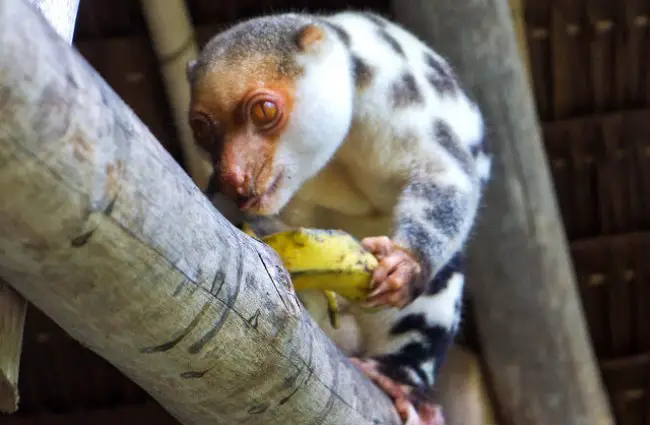
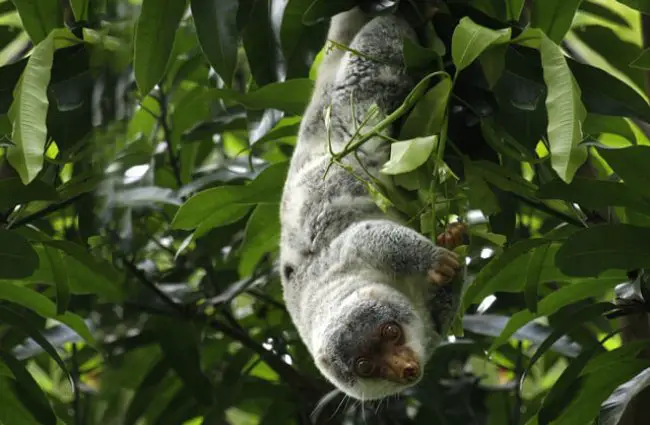
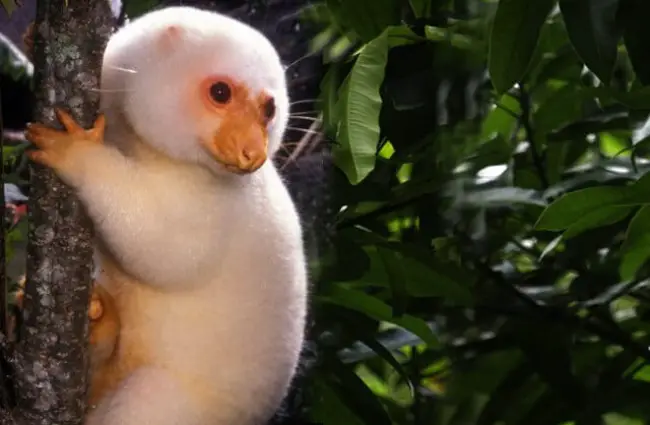
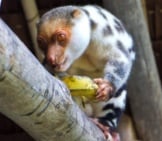
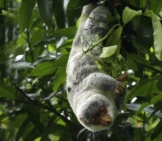
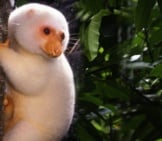
![Red Angus Closeup of a beautiful Red Angus cowPhoto by: U.S. Department of Agriculture [pubic domain]https://creativecommons.org/licenses/by/2.0/](https://animals.net/wp-content/uploads/2020/03/Red-Angus-4-238x178.jpg)












![Red Angus Closeup of a beautiful Red Angus cowPhoto by: U.S. Department of Agriculture [pubic domain]https://creativecommons.org/licenses/by/2.0/](https://animals.net/wp-content/uploads/2020/03/Red-Angus-4-100x75.jpg)

